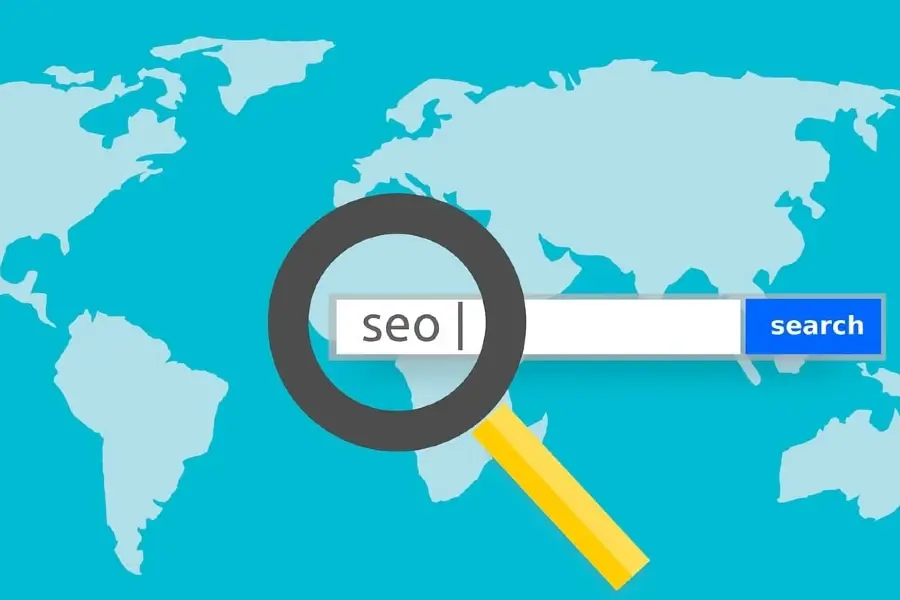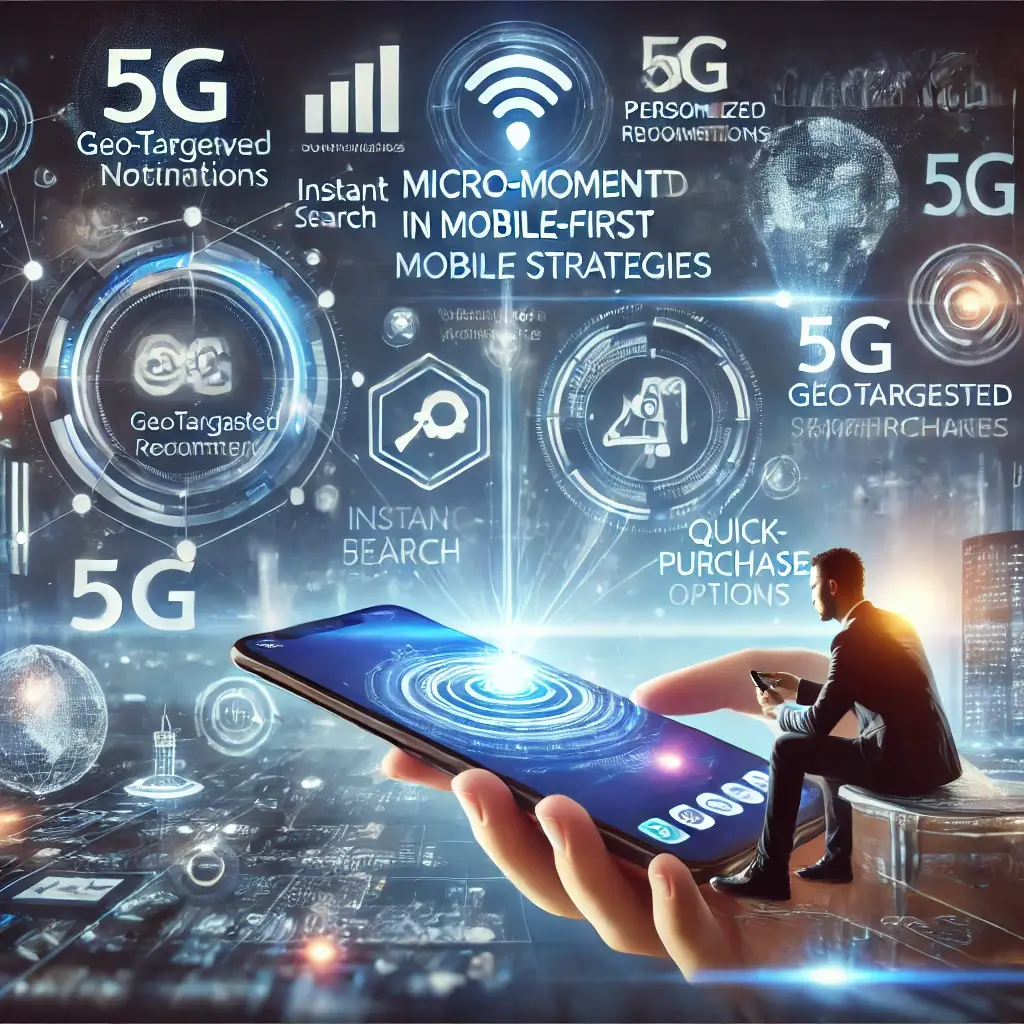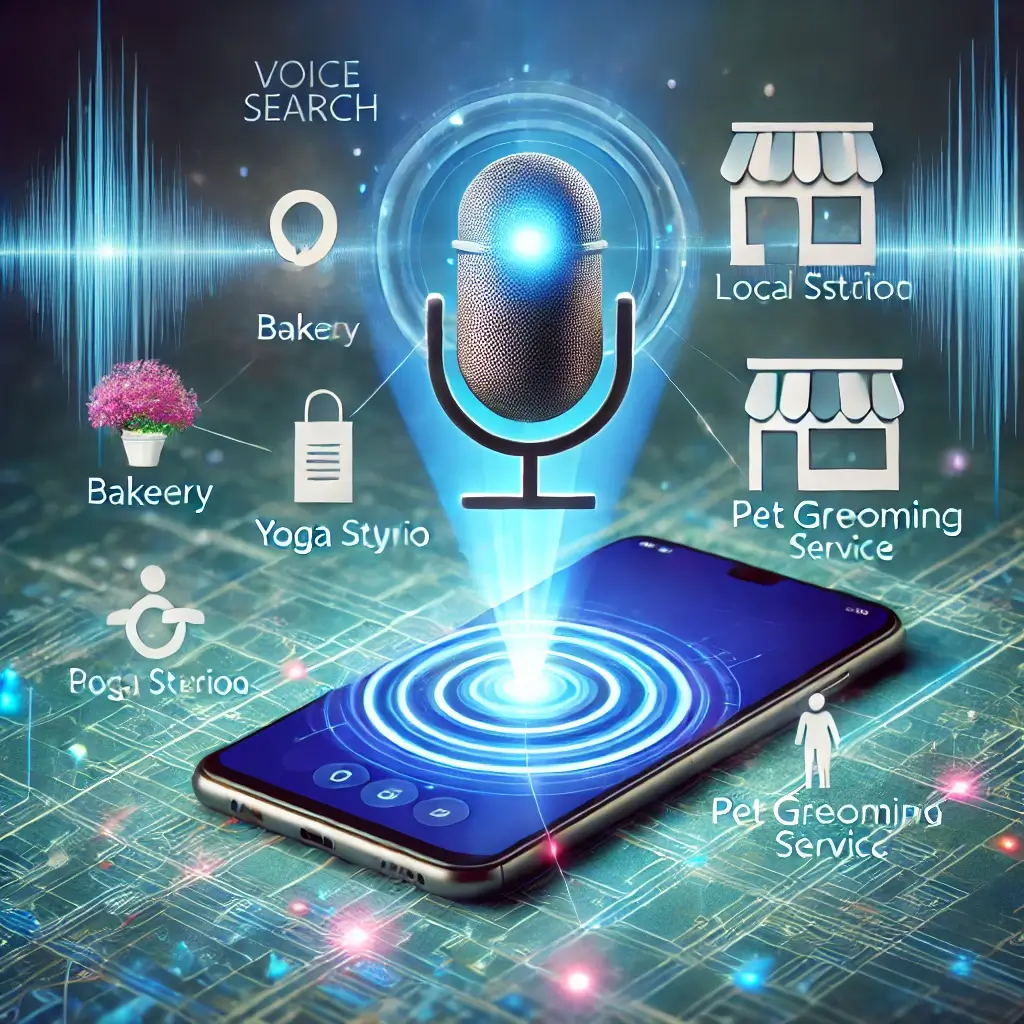Engaging Audiences with Interactive Content
Interactive content has become a cornerstone of modern marketing strategies, offering a dynamic way to engage audiences and drive meaningful interactions. Unlike static content, interactive formats encourage active participation, which increases user retention, boosts engagement metrics, and improves lead generation. By 2025, advancements in AI and immersive technologies like augmented reality (AR) and virtual reality (VR) will further expand the possibilities of interactive content.
Essential for C-Suite Marketing Executives
For C-Suite marketing executives and SEO professionals, incorporating interactive elements into campaigns is no longer optional—it’s essential for staying competitive. Whether through quizzes, calculators, interactive infographics, or gamified experiences, these tools enable brands to create memorable and personalized user journeys.
Innovative Ideas for Interactive Content
This article explores innovative ideas for interactive content, supported by case studies and actionable insights, to help marketers elevate their strategies in 2025.
Features Section
Interactive Quizzes and Assessments
Interactive quizzes and assessments are a highly effective way to engage users while gathering valuable data. According to a 2024 study by HubSpot, interactive quizzes achieve an average conversion rate of 40% compared to 15% for static lead forms.
Skincare Brand Case Study
Case Study: A skincare brand created an interactive quiz to help customers identify their skin type and recommended products. The quiz generated a 30% increase in email sign-ups and a 25% boost in product sales.
Gamified Content Experiences
Gamification adds an element of fun to marketing campaigns, encouraging users to interact with content for rewards or recognition. A 2024 report by Statista found that gamified content increases engagement rates by up to 47%.
Fitness App Example
Example: A fitness app launched a gamified campaign where users earned points for completing virtual workouts. Participants could redeem points for discounts, leading to a 50% increase in app usage and a 20% rise in subscription renewals.
AR-Powered Product Try-Ons
Augmented reality allows users to visualize products in their environment or try them on virtually, making the shopping experience more interactive and personalized. Retailers have reported significant improvements in conversion rates when implementing AR tools.
Furniture Brand Case Study
Case Study: A furniture brand introduced an AR feature enabling customers to see how items would look in their homes. This initiative led to a 35% increase in online purchases and a 15% reduction in return rates.
Interactive Infographics and Maps
Interactive infographics and maps provide users with an engaging way to explore complex information. These tools can include clickable elements, animations, and data visualizations tailored to user interactions.
Travel Company Example
Example: A travel company created an interactive map highlighting top destinations based on user preferences. The map’s customization options resulted in a 40% increase in time spent on the website and a 20% rise in bookings.
Leveraging Interactive Content in 2025
Interactive content offers an innovative way to captivate audiences, foster engagement, and drive conversions. By leveraging tools like quizzes, gamification, AR-powered experiences, and interactive infographics, brands can create memorable user journeys that stand out in the crowded digital landscape of 2025. As technology continues to evolve, embracing interactive content will be essential for building meaningful connections with audiences and achieving marketing success.
References
HubSpot. “Interactive Content Trends and Metrics for 2024.” Published 2024. Link
Statista. “The Power of Gamification in Digital Marketing.” Published 2024. Link
Forbes. “The Rise of AR in E-Commerce.” Published 2023. Link




